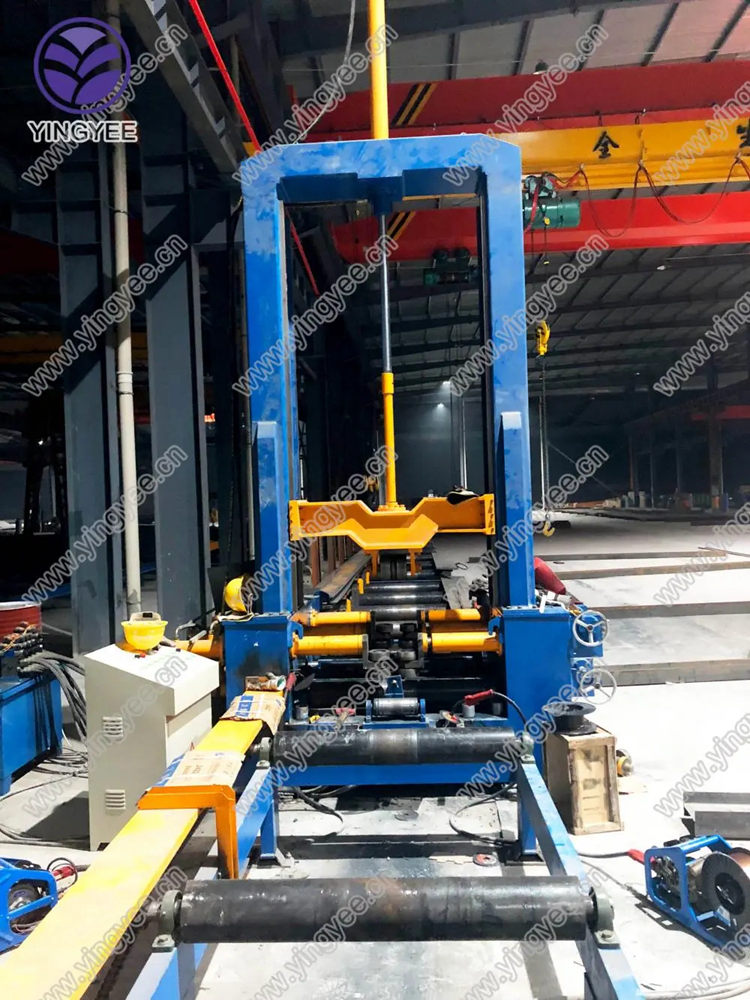
The Evolution of Roller Shutter Door Slat Machines
In the realm of modern manufacturing, the efficiency and precision of machinery are paramount, particularly in the production of building materials. Among the various products that benefit from automation is the roller shutter door, a versatile solution for security, privacy, and convenience in both residential and commercial settings. Central to this production process is the roller shutter door slat machine, which has seen significant advancements over the years.
Roller shutter doors consist of horizontal slats linked together to form a robust barrier that can be rolled up or down. The slat machine plays a crucial role in shaping these slats from raw materials, typically aluminum or steel. The process begins with feeding the metal strips into the machine, where they are precisely cut, bent, and formed into slats. This automation streamlines the manufacturing process, dramatically increasing output while reducing labor costs and production time.
One of the defining features of modern roller shutter door slat machines is their ability to customize dimensions according to specific client needs. Advanced computer numerical control (CNC) technology allows operators to program the machine for different slat sizes and profiles, catering to diverse architectural requirements. This flexibility ensures that businesses can meet the growing demand for tailored security solutions without compromising on quality.

Furthermore, innovations in materials handling and processing have enhanced the durability and strength of the slats produced. Many machines now incorporate robust coatings and finishes that improve corrosion resistance, ultimately prolonging the lifespan of the roller shutter doors. This improvement in material technology not only benefits manufacturers but also end-users who seek reliable security solutions for their properties.
Energy efficiency is another critical aspect that modern roller shutter door slat machines address. With the mounting focus on sustainability, these machines are designed to consume less power while maintaining high levels of output. This efficiency not only lowers operational costs but also aligns with global efforts to reduce the carbon footprint in manufacturing industries.
In conclusion, the roller shutter door slat machine represents a significant advancement in the manufacturing of security solutions. The blend of automation, customization, and energy efficiency enables manufacturers to respond aptly to market demands. As technology continues to evolve, we can expect even greater enhancements in the capabilities of these machines, further revolutionizing the way roller shutter doors are produced. This evolution not only benefits manufacturers but ultimately contributes to safer and more efficient environments for consumers worldwide.